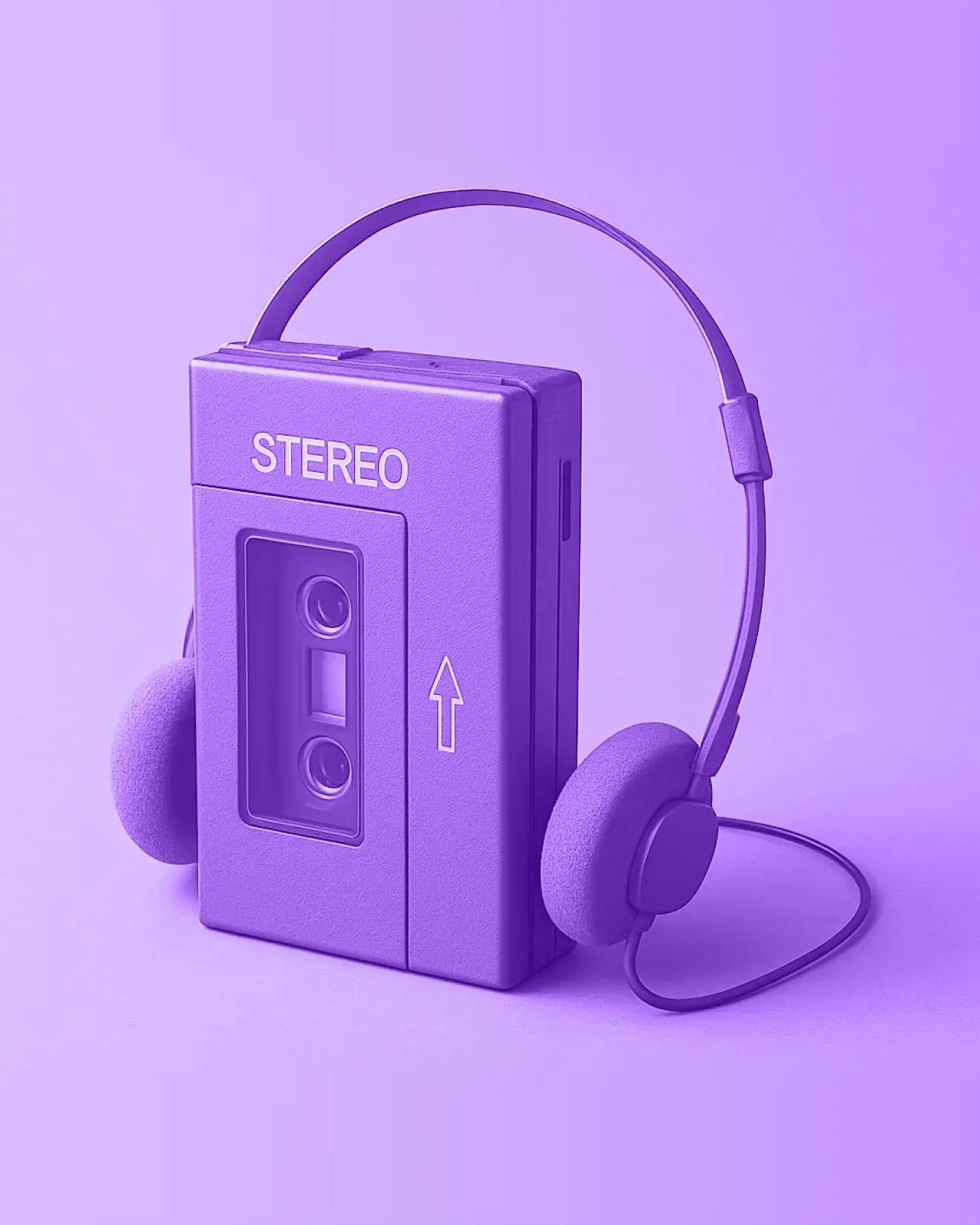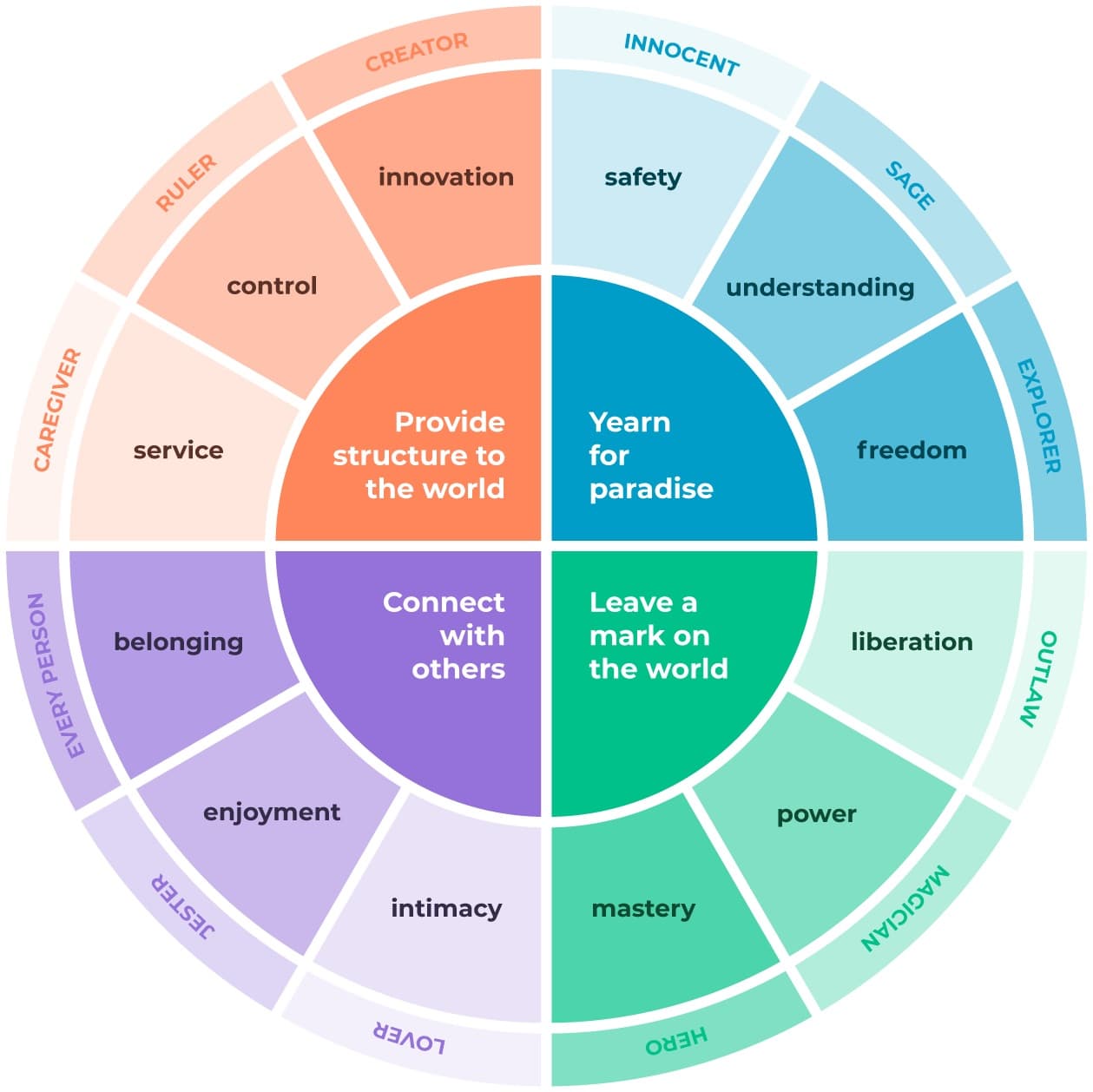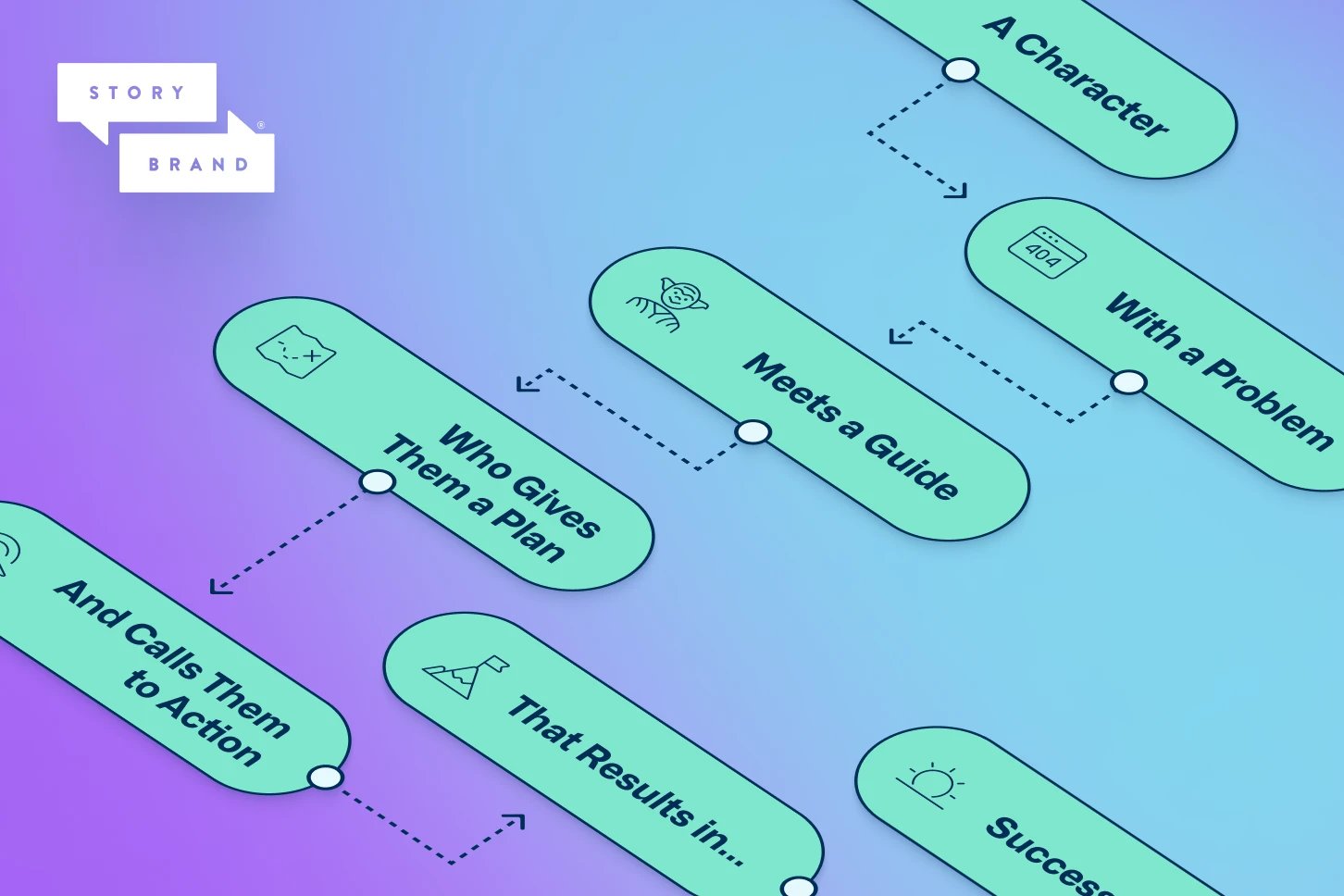Brand Storytelling Guide
a big opportunity for content creators
The power of story is measured by its ability to capture the attention of its audience. Our brains are hardwired to appreciate compelling narrative.
We desire close, personal bonds and information about the things that matter to us so we can forge lasting connections in an ever-changing world.
As a content creator, this superpower can be leveraged inside of your content marketing efforts.
-
Don't have time to read this? Take it to go!
- Download PDF

What's Covered?
Experts

Content Strategist
build a brand with storytelling
We as humans crave story, our brains are wired to collect a series of stories that make up our memories. Stories are relatable, they are effective, and they bring people together.
Now add a brand into the mix and that is where sharing your story can get tricky.
Brands are not human, but they have to connect with humans—and as marketers, it's becoming our job to pull the story out and make brands relatable, authentic, and more human. And as marketers, it’s our job to be the storytellers.
every brand has a story, the problem is, not every marketer is a great storyteller. (not yet).
To be a great storyteller you’ll need to clarify the brand's message in a way that connects with the audience. Have you ever watched a commercial that seemed to be very good, but by the end you had no clue what they’re selling or how it could help you?
That's a missed opportunity, which could have been solved with a crystal clear message - clear messaging doesn't confuse.

Pro Tip:
When brands simplify their message, it keeps them focused on what they do best.
the art of storytelling
captivation
Picture yourself in front of the t.v. watching your favorite movie. Your eyes are locked and never leave the screen, and at times you may not even blink. Why? Because you’re captivated by the story.
Captivating stories present a problem, solution, and a resolution in a way that captivates its audience. With all the noise and chatter in the world, everyone is on cognitive overload, challenging brands and marketers to get creative if they want to capture the attention of their target audience.
connection
People are drawn to relatable experiences, either by a personal or close connection to feel what another person is feeling.
Story is a powerful way to connect humans on a deeper level. Especially if you can connect to an experience, memory or an emotion.
One of the most powerful ways to bring people together is if they’re fighting for the same resolution and invested in the journey.
Brands today are connecting with their audiences on a much deeper level because they are communicating what is important to them, they are not afraid of standing for what they believe in and it is creating not only a message that resonates but a bond that connects.
Bottom line: humans want to connect with other humans.
tools for effective storytelling
The type of content shared, how it’s shared, who receives it, and how it’s received, can all be properly managed with an effective content strategy.
buyer personas
Understanding who you are talking to, what they care about and the best channel to engage them are all essential to mapping out the right content strategy.
The buyer persona tells the story of your target audience—who are they? What position do they hold? What are their goals, challenges, and growth opportunities? How do they consume content?
Having these pre-identified will help you with the direction and flow of your content. Creating content without a buyer persona is like baking a cake without flour.

content creation
Most companies are surprised by how much content they have, that can be repurposed for marketing. We always start with the sales team—what questions do they get? Are they answering via email? If so, you’ve got a great start to your content creation process.
From blog posts, to videos, to e-books—all content should be geared towards answering questions. Your prospects are on a journey, this journey includes tasks, and these tasks are typically centered around gathering more information to educate them on what to do next.

Pro Tip:
Ask your team to write down the top 10 questions they get asked, and how they answer. This is a quick way to generate content that will be helpful to your prospects and customers.
content promotion
Content promotion needs to be organized and planned. Refer back to your buyer personas and determine what is the best format to reach them.
A good strategy starts with knowing how and where your audience consumes content whether it's on a website, social media, radio ads, or t.v. commercials and provide the content in the best format.

Pro Tip:
A content calendar helps track organization and provides a great aerial view of all content assets and channels for the week / month / quarter.
measuring success
Content should be evergreen, engaging and updated regularly; there’s always room for improvement.
Measuring content effectiveness means you’re checking on your web traffic, engagement, bounce rates, and conversions. You can determine what is working well by talking to your sales team about the quality of your leads.
With this information, you'll be able to adjust your content strategy effectively.

Pro Tip:
A good metric to watch is the time a visitor spends on the page, as it is a good indicator if your content is being read. If your bounce rate is high, take another look at your page and make small incremental changes until your bounce rate decreases.
content strategy + storytelling
We can all agree that a good content strategy starts with being data-informed. From there, a plan is crafted that includes choosing consistently published, relevant content.
However, very few marketers do. When they do, it's magical. When people read engaging content that uses storytelling, it sticks with them and they start to see themselves within that story—they become invested in the outcome, and they connect.
Compelling, relevant content will always win because it engages people and drives them to action.

Pro Tip:
Remember when you’re writing that you are speaking to humans — not search engines.
finding a framework for content strategy + storytelling
As marketers, we’re always looking for ways to cut through the noise and make messages stick.
In 2016, our team began exploring a clearer, more human way to align content with buyer needs. We drew inspiration from timeless narrative structures—especially the principles in The Hero’s Journey by Joseph Campbell—and translated them into a practical process for brand communications.
From that exploration, we developed our Brand Messaging Workshop: a collaborative session designed to understand who you are, what you do, who you do it for, and how you solve real problems for your buyers.
The goal is simple—stop telling only your story and start reflecting your customer’s story back to them. When visitors see themselves (their pains, goals, and desired outcomes) in your messaging, your content becomes easier to understand, more memorable, and far more likely to drive action.
what is the Brand Messaging framework?

Our framework helps you clarify a customer-first narrative so visitors instantly grasp value.
It’s loosely based on the rules of the Hero’s Journey and structured to keep the buyer at center stage:
- The Character (Your Buyer): Define who they are, their role, and what they want.
- The Problem: Name the external challenges, the internal frustrations behind them, and the stakes if nothing changes.
- The Guide (Your Brand): Demonstrate empathy for their situation and authority through proof—results, process, and credibility.
- The Plan: Outline a simple path forward—how to start, what to expect, and how you’ll collaborate.
- The Solution & Differentiators: Explain how your approach uniquely solves their problem and reduces risk.
- Clear Calls to Action: Offer a direct next step (talk to sales, book a consult) and a low-friction step (download, assessment).
- Success & Avoiding Failure: Paint the before/after—what success looks like and what they avoid by choosing you.
- Evidence & Signals of Trust: Share testimonials, case studies, metrics, and guarantees to reinforce confidence.
Most businesses default to telling their own story first. Our workshop flips the script so your website, sales enablement, and content all communicate: “We understand who you are, the problems you’re facing, the outcomes you want, and why we’re the best fit to help you get there.”
combining inbound marketing + our Brand Messaging framework
Inbound works best when every touchpoint communicates a clear, consistent message. We pair the Brand Messaging Framework with HubSpot’s CMS, CRM, and Hubs to operationalize that clarity:
- Website & Landing Pages: Build pages that mirror the buyer’s journey—problem, plan, proof, and action—so visitors immediately see themselves in the story.
- Content & SEO: Use the framework to guide topic selection, headlines, and on-page structure, making content easier to scan and more relevant to search intent.
- Personalization & Automation: Map your narrative to lifecycle stages in HubSpot; serve contextual CTAs, smart content, and nurturing sequences that speak to each buyer’s needs.
- Sales Enablement: Equip reps with messaging-aligned emails, one-pagers, and talk tracks that reinforce the same customer-first story prospects saw on your site.
- Service & Retention: Extend the narrative post-sale with onboarding, education, and success milestones that deliver the promised transformation.
- Measurement: Track engagement, conversion paths, and revenue attribution to iterate—tightening message-market fit over time.
The result: a cohesive system where strategy and software work together—your message stays simple and customer-focused, and your marketing, sales, and service all pull in the same direction.



